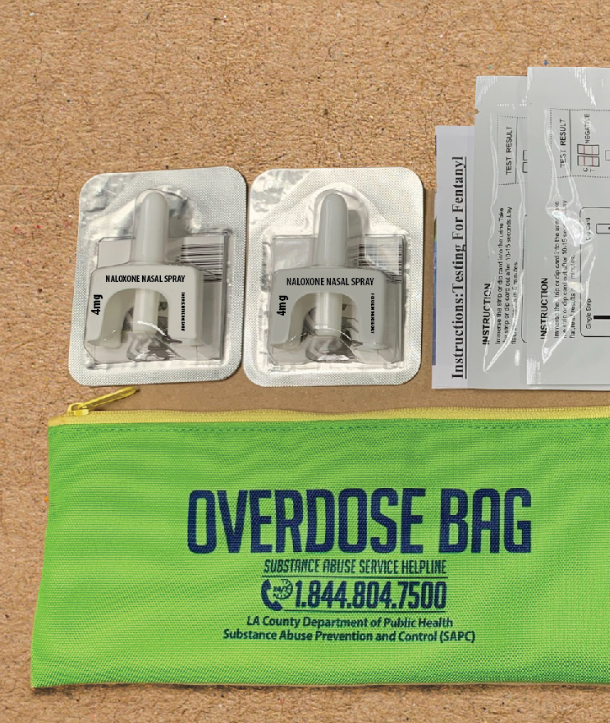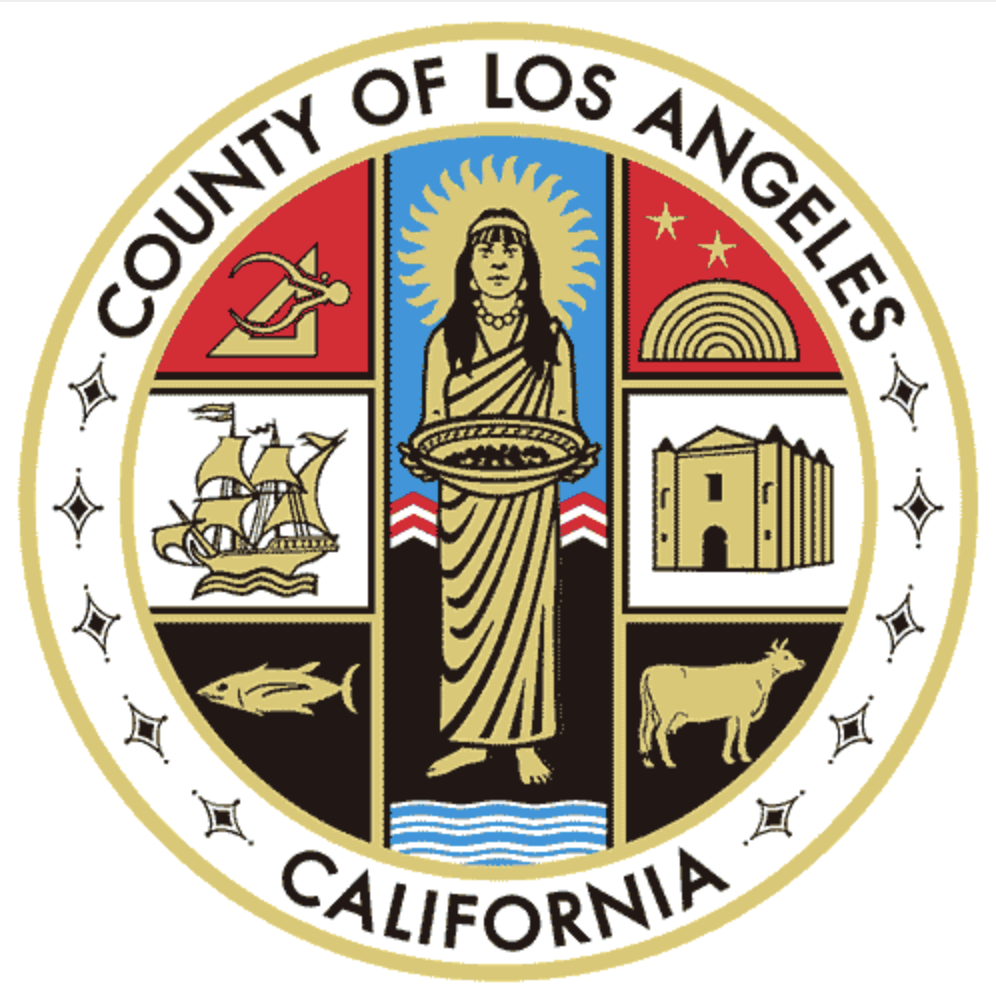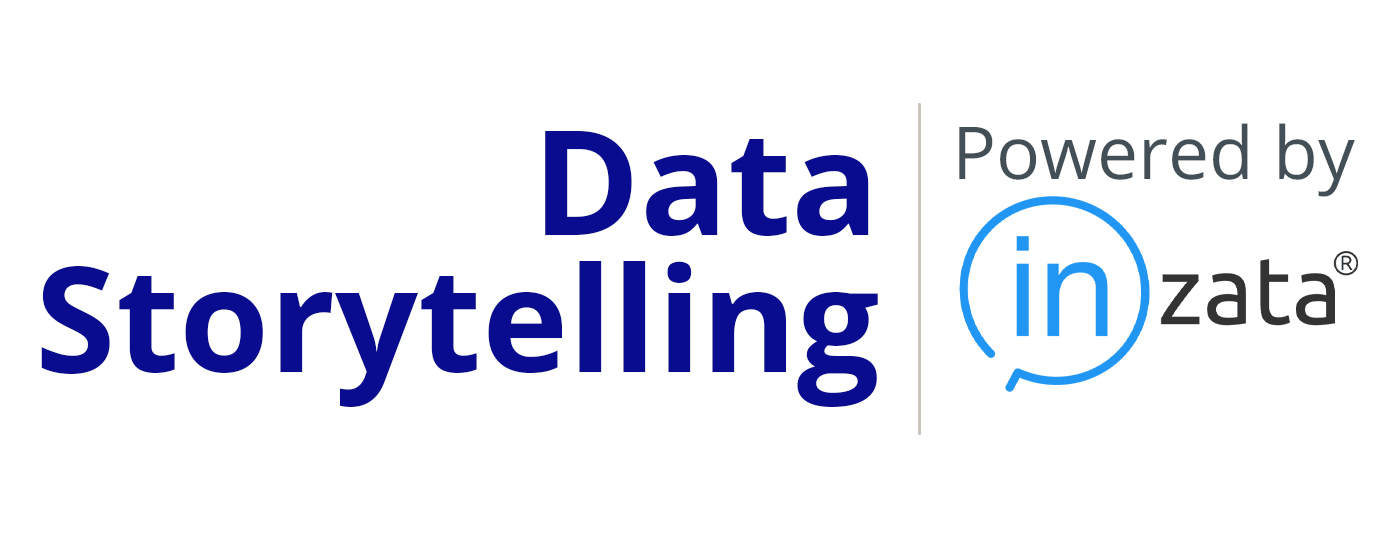Harm Reduction
Harm reduction is an evidence-based public health practice that effectively reduces the risk of negative consequences caused by substance use, including overdoses, spread of communicable diseases, and other health outcomes. Harm reduction services are intended to engage substance users regardless of their readiness for substance use treatment by recognizing most current drug users aren’t willing or unable to stop using substances. Harm reduction does not encourage drug use. Moreover, people using harm reduction services are five times more likely to participate in drug treatment and three times more likely to reduce or stop injecting than those who have never accessed harm reduction services.
The Engagement and Overdose Prevention (EOP) Hubs are LAC’s contracted syringe service providers who provide harm reduction services to people who use drugs in the County. The EOP Hubs offer a range of direct services, including sterile syringe distribution and collection, sterile smoking and other equipment distribution, naloxone overdose reversal kit distribution and education, drug testing strip distribution, medications for addiction treatment, wound care services, primary care, specialized medical or mental health care, HIV and Hepatitis C testing and treatment, substance use treatment, and peer support. The EOP Hubs also refer participants to external services and programs such as housing, substance use disorder treatment, medical, mental health, and other social services.
Engagement and Overdose Prevention (EOP) Hubs
Between FY2122 and FY2223, the EOP hubs had a total of 40,013 encounters with 20,041 unique substance users across LAC. The total number of unique clients and encounters have remained high and have gradually increased since the second quarter of FY2223, reaching 6,188 encounters with 4,065 unique clients in the fourth quarter of FY2223 (Figures 1-2).
During FY2122 and FY2223, most clients visiting the EOP hubs were between the ages 25 to 64 years, with adults aged 35-44 years accounting for the largest proportion in each quarter, followed by adults aged 25-34 years, 45-54 years, then 55-64 years (Figure 3).
Males accounted for the majority (76%) of clients visiting the EOP hubs between FY2122 and FY2223 (Figure 4).
Clients identifying as Latinx (37%) or White (35%) accounted for the majority of those seen at the EOP hubs during FY2122 to FY2223 (Figure 5).
Syringe Services
The syringe services offered at the EOP Hubs aim to distribute sterile (unused) syringes (needles) and collect used syringes to eliminate the need to share or reuse syringes, and thereby decrease the spread of blood-borne infections such as HIV and Hepatitis.
From FY2122 to FY2223, over 1.3 million syringes were collected, and over 2.5 million syringes were distributed at the LAC EOP hubs.
Though syringe collection and distribution decreased from FY2122 to FY2223, the total number of syringes collected and distributed continues to remain high (Figure 6).
Overdose Education and Naloxone Distribution

Naloxone is a Food and Drug Administration (FDA) approved medication that reverses an opioid overdose. It acts as an opioid receptor antagonist – meaning that it binds to opioid receptors and reverses and blocks the effects of other opioids. In the event of an opioid overdose, naloxone can quickly restore breathing to an individual whose breathing has slowed or stopped.
Naloxone can be administered through nasal spray or by injection into the muscle, under the skin, or into the veins. The LAC EOP Hubs provide education on overdose prevention, knowing the signs of an overdose, and educating on how to respond to an overdose using naloxone. Those at risk of an opioid overdose along with those close to them can access free naloxone at the naloxone access points in LAC.
During 2019 and 2021, the LAC OEND program distributed 53,250 naloxone kits across the county, of which were used 4,908 times to prevent a fatal overdose (LAC DHS).
SUD Treatment and Other Referrals
Harm reduction EOP Hubs connects people who use drugs to other important services and programs by direct provision or referrals to the following services:
- Primary care/physical health services
- Medication for Addiction Treatment (MAT)
- Mental health services
- Substance use disorder (SUD) treatment services
- Screening for HIV, hepatitis C virus (HCV), sexually transmitted infection (STI), sexually transmitted diseases (STD)
- HIV and HCV care and treatment
- Hepatitis A and hepatitis B vaccination
- Housing services
On average, there were 1,746 referrals to primary care/physical health services, 1,788 to SUD treatment services (i.e., drug counseling, drug detox, and drug treatment), and 1,744 to mental health counseling each quarter during FY2122 and FY2223.
Since the first quarter of FY2223, referrals increased by 96% for primary care/physical health, 94% for SUD treatment services, and 97% for mental health services (Figure 7).
Safer Use Supplies
From FY2122 to FY2223, LAC EOP hubs distributed a total of 12,109 safe smoking kits (crack kits), 11,436 fentanyl testing strips, and 13,633 wound care kits.
Despite decreases in supply distribution between the second and fourth quarters of FY2122, distribution of all three supplies increased during each quarter of FY2223 (Figure 8).
References
Los Angeles County Department of Health Services (DHS). Law Enforcement Assisted Diversion and Opioid Overdose Education & Naloxone Distributions (OEND).
Los Angeles County Department of Public Health Substance Abuse Prevention and Control. Harm Reduction Website page http://ph.lacounty.gov/sapc/public/harm-reduction/?tm
Figures 1-8 Los Angeles County Department of Public Health Substance Abuse Prevention and Control (SAPC). Naloxone and Syringe Distribution Data Management System. Syringe Survey Response dataset. Data as of Oct 4, 2023.


